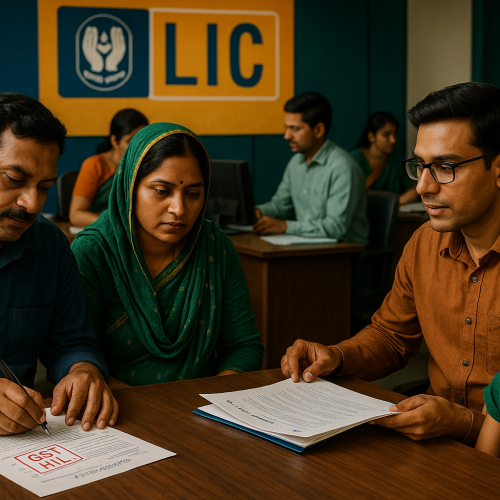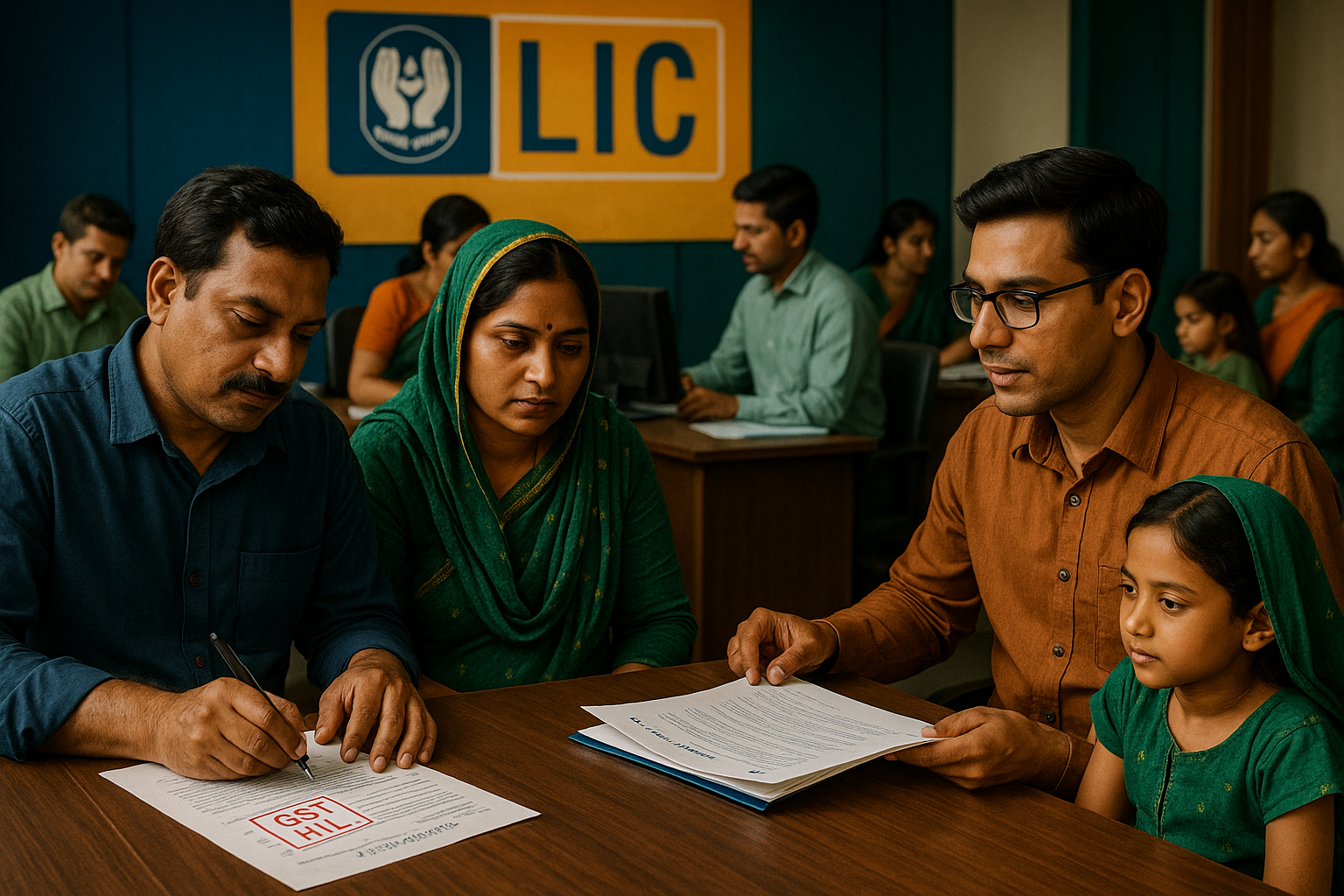The rollout of GST 2.0 has been hailed as a people-centric reform, easing consumer budgets, reducing compliance for MSMEs, and lowering industry costs. Prime Minister Narendra Modi described it as a “GST Bachat Utsav,” urging citizens to buy swadeshi goods to strengthen India’s prosperity. With simplified slabs and exemptions on essentials, the reform is expected to drive demand while boosting domestic manufacturing competitiveness under the Aatmanirbhar Bharat and Viksit Bharat vision.
Core Development
Starting September 22, GST has been restructured into a two-tier system of 5% and 18%, replacing the earlier four-slab structure. Ultra-luxury goods will attract 40%, while tobacco and sin goods stay at 28% plus cess.
Mass consumption items like ghee, paneer, butter, namkeen, ketchup, jam, dry fruits, coffee, and ice creams are cheaper, alongside aspirational durables such as TVs, ACs, and washing machines.
Key Drivers / Issues
Simplified slabs reduce compliance complexity for MSMEs.
Lower taxes on inputs improve cost competitiveness for domestic industries.
Consumer demand is expected to rise as household budgets get relief.
The reform strengthens India’s manufacturing push under Make in India.
Stakeholder Impact
Consumers enjoy lower costs on daily goods and durables. MSMEs gain from reduced compliance and better cost structures. Industries benefit from competitive pricing, supporting exports and domestic sales. For the government, GST 2.0 balances consumer relief with long-term growth momentum.
Industry & Policy Reactions
FICCI President Harsha Vardhan Agarwal said the streamlined tax system would support Aatmanirbhar Bharat by making domestic products globally competitive.
CII Director General Chandrajit Banerjee called it a “people-centric GST” that will ease compliance and fuel growth.
Industry bodies welcomed the focus on swadeshi products, aligning with national priorities.
Challenges Ahead
Ensuring full pass-through of tax cuts to consumers.
Addressing anomalies like higher GST on certain inputs (e.g., paper products).
Monitoring fiscal impact of revenue foregone.
Strategic Outlook
GST 2.0 represents a demand-side stimulus with long-term competitiveness gains. If effectively implemented, it can reset consumption cycles, empower MSMEs, and reinforce India’s ambition to become a developed economy by 2047.
Why This Matters
By combining consumer relief with industry competitiveness, GST 2.0 is more than a tax reform—it is a structural reset designed to strengthen both household budgets and India’s growth engine.












